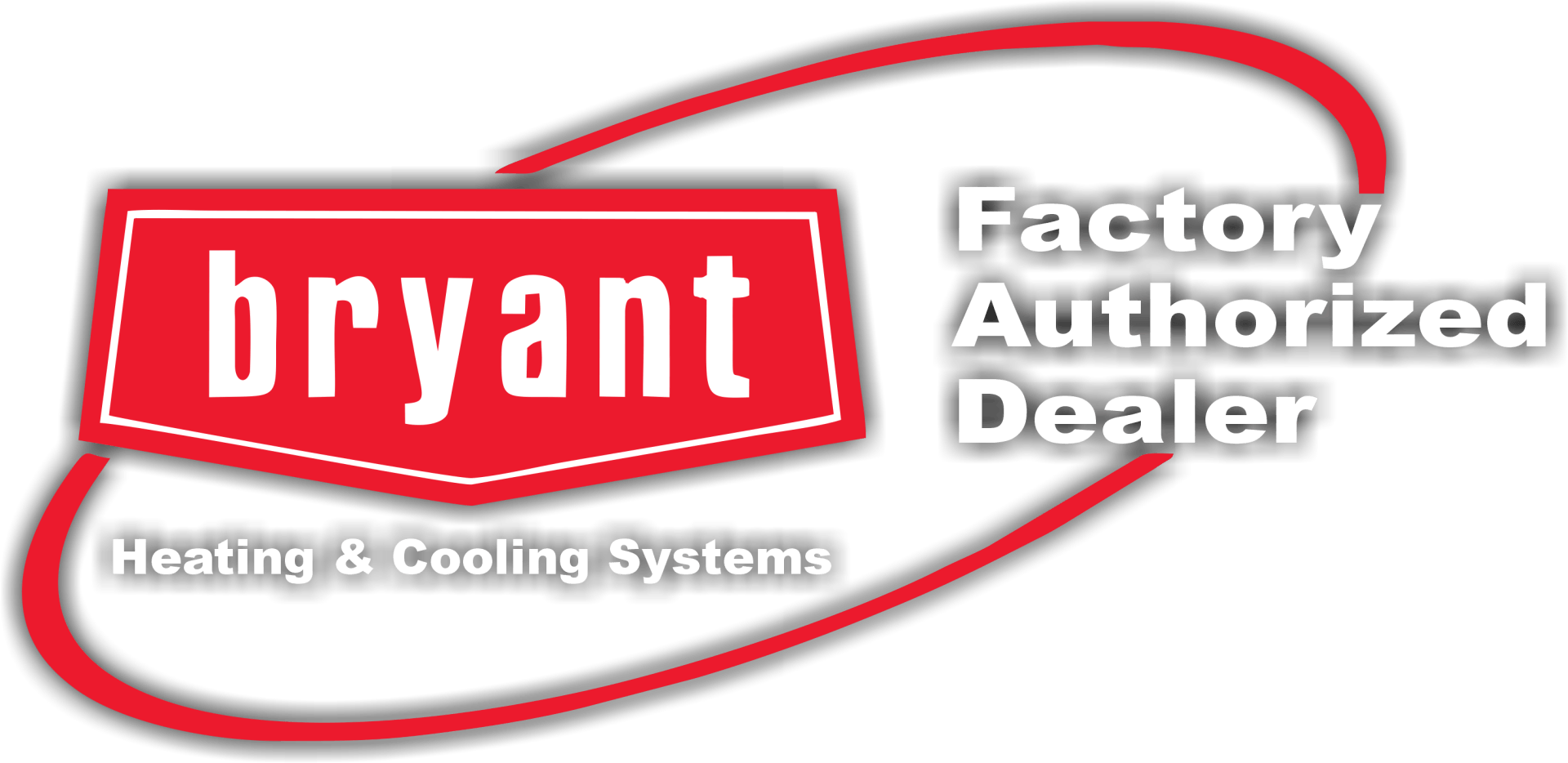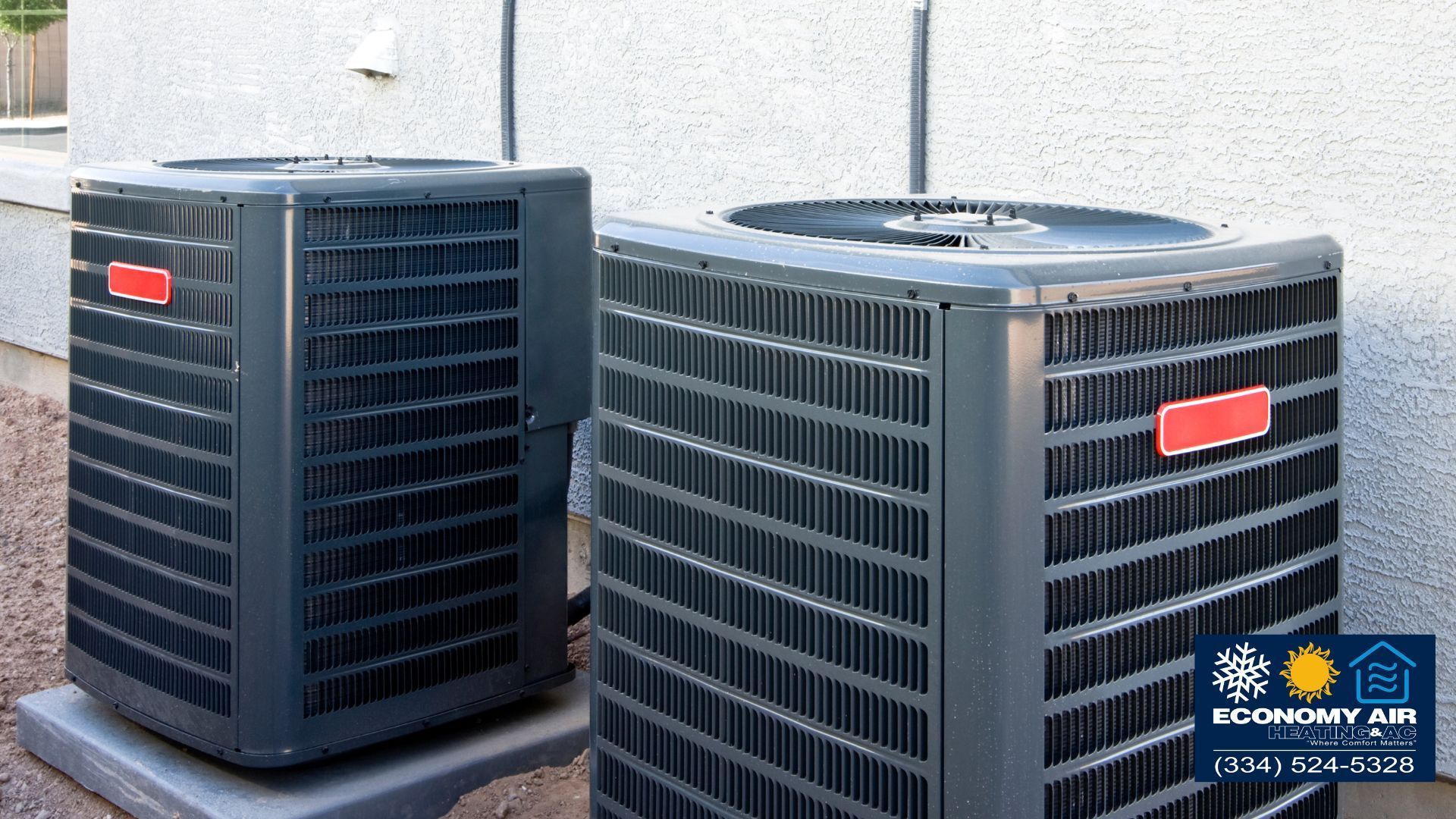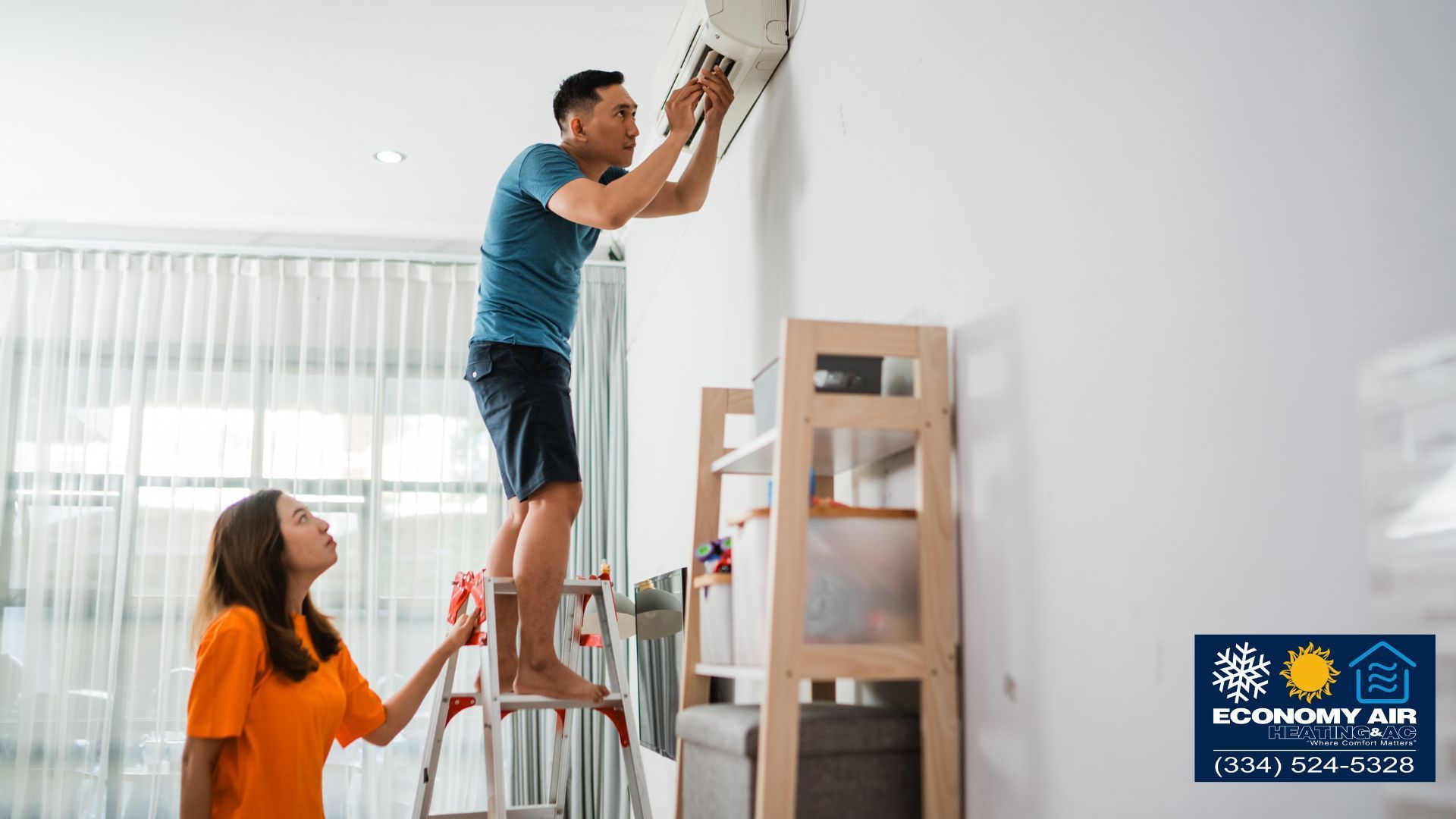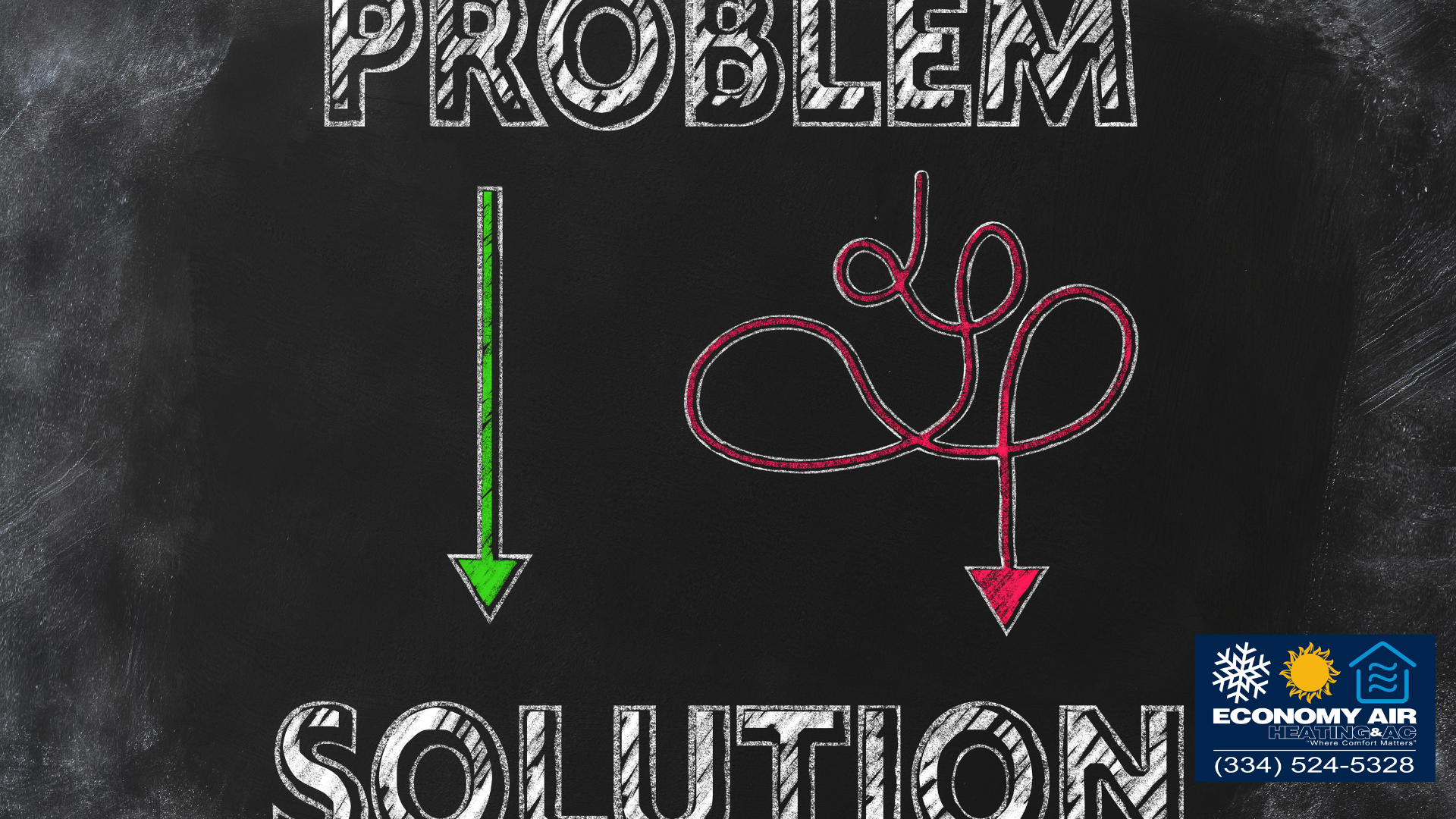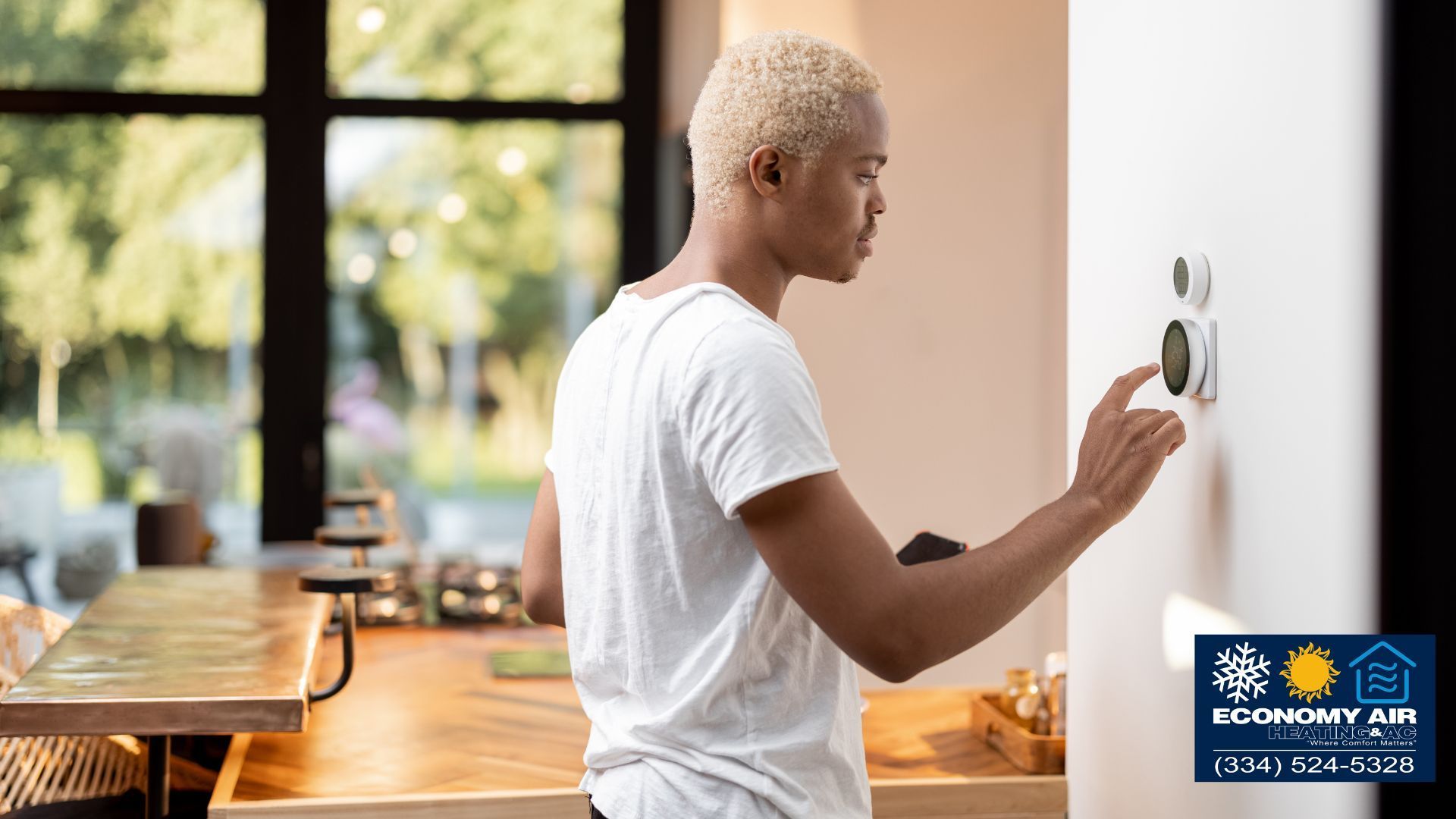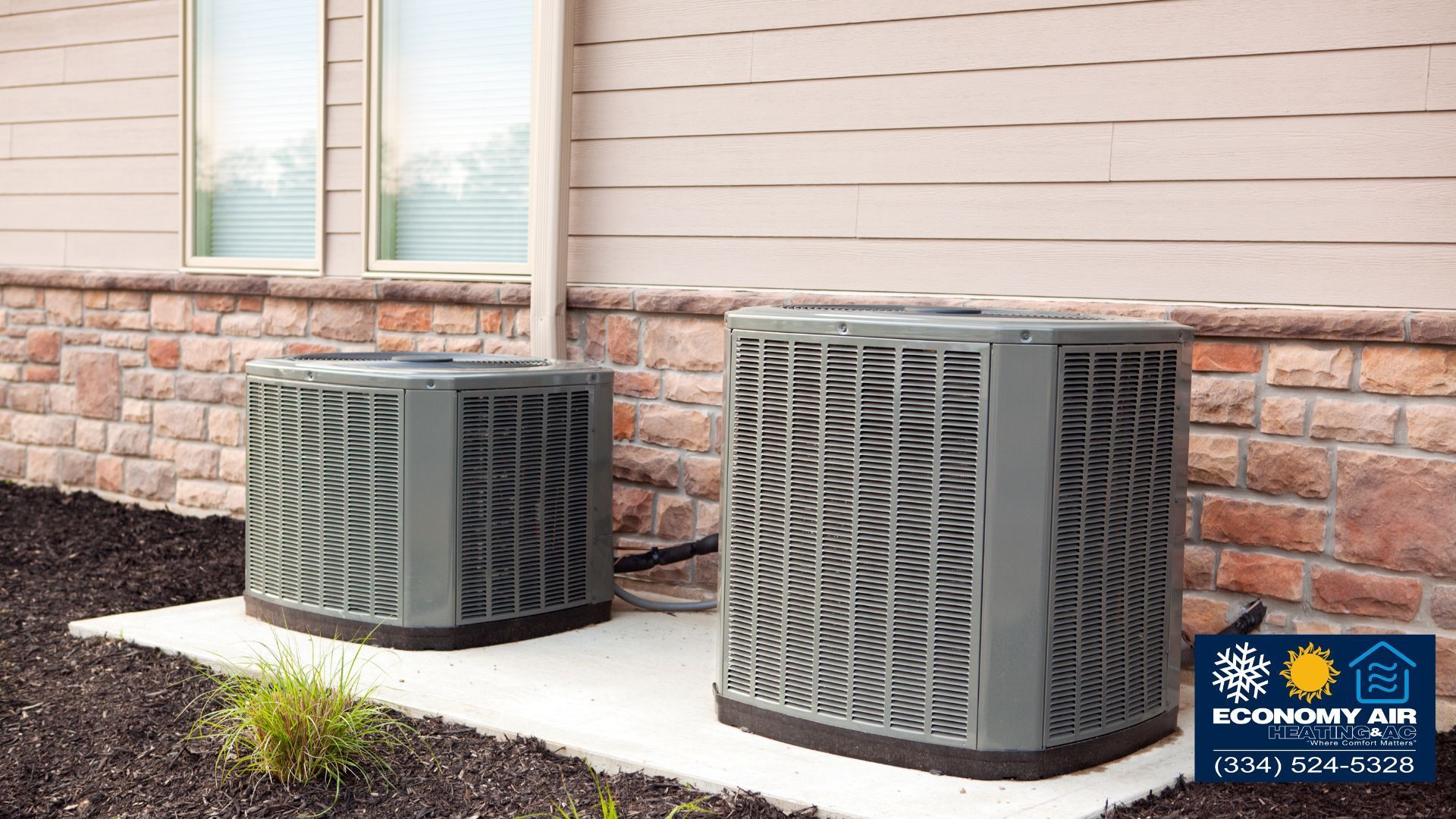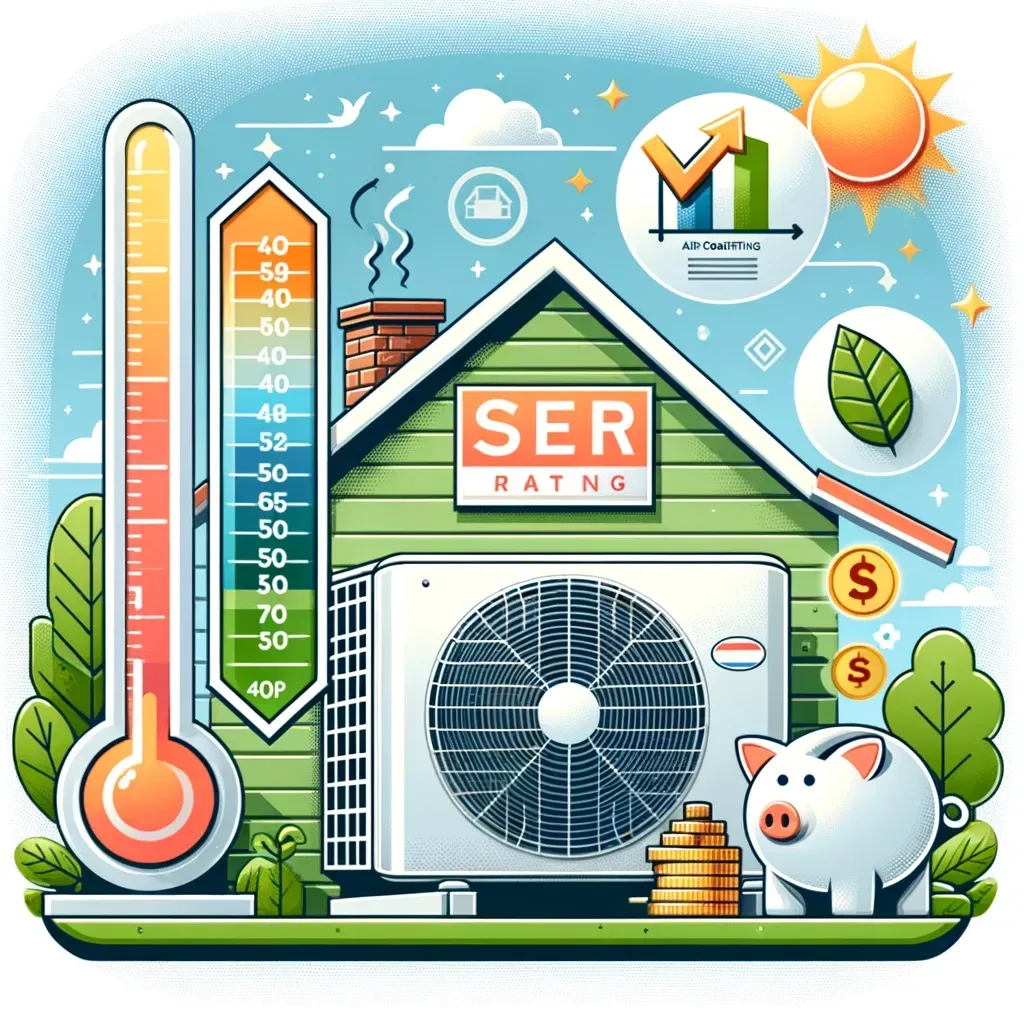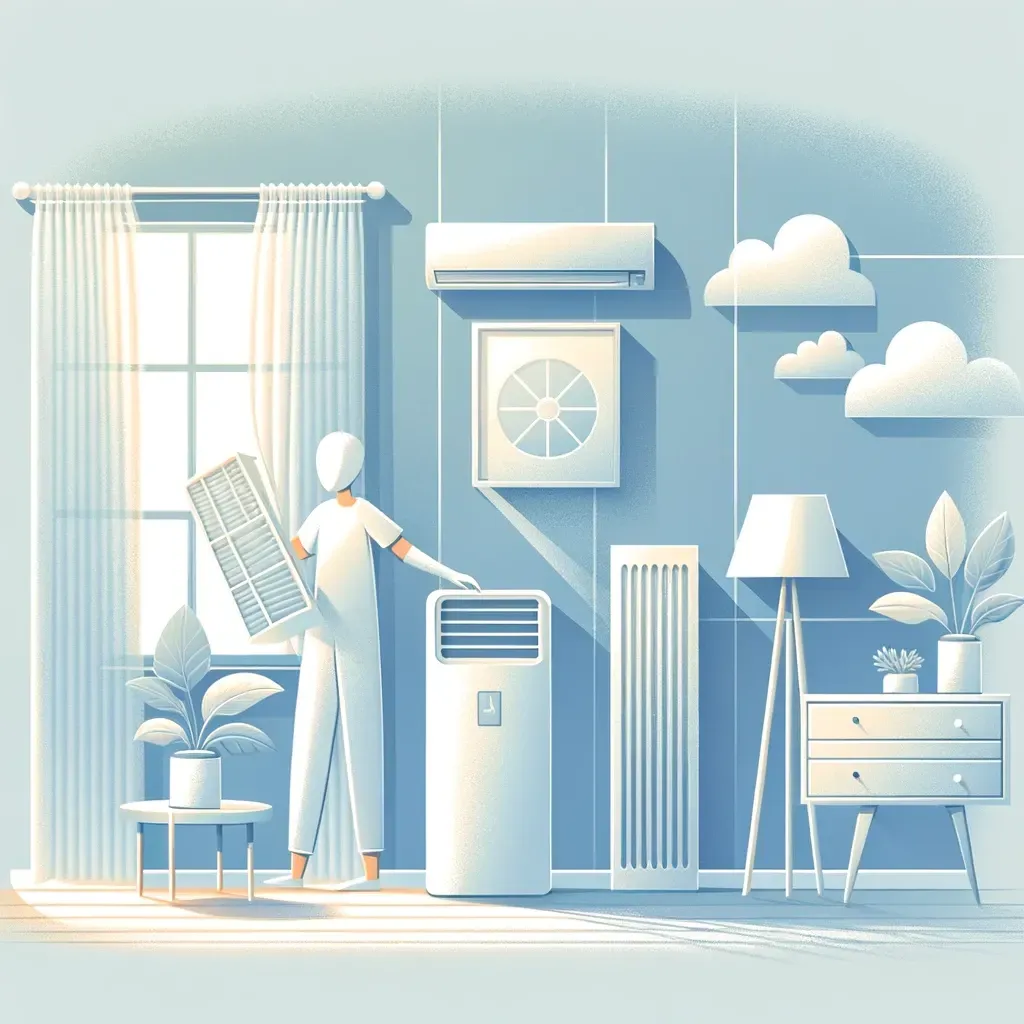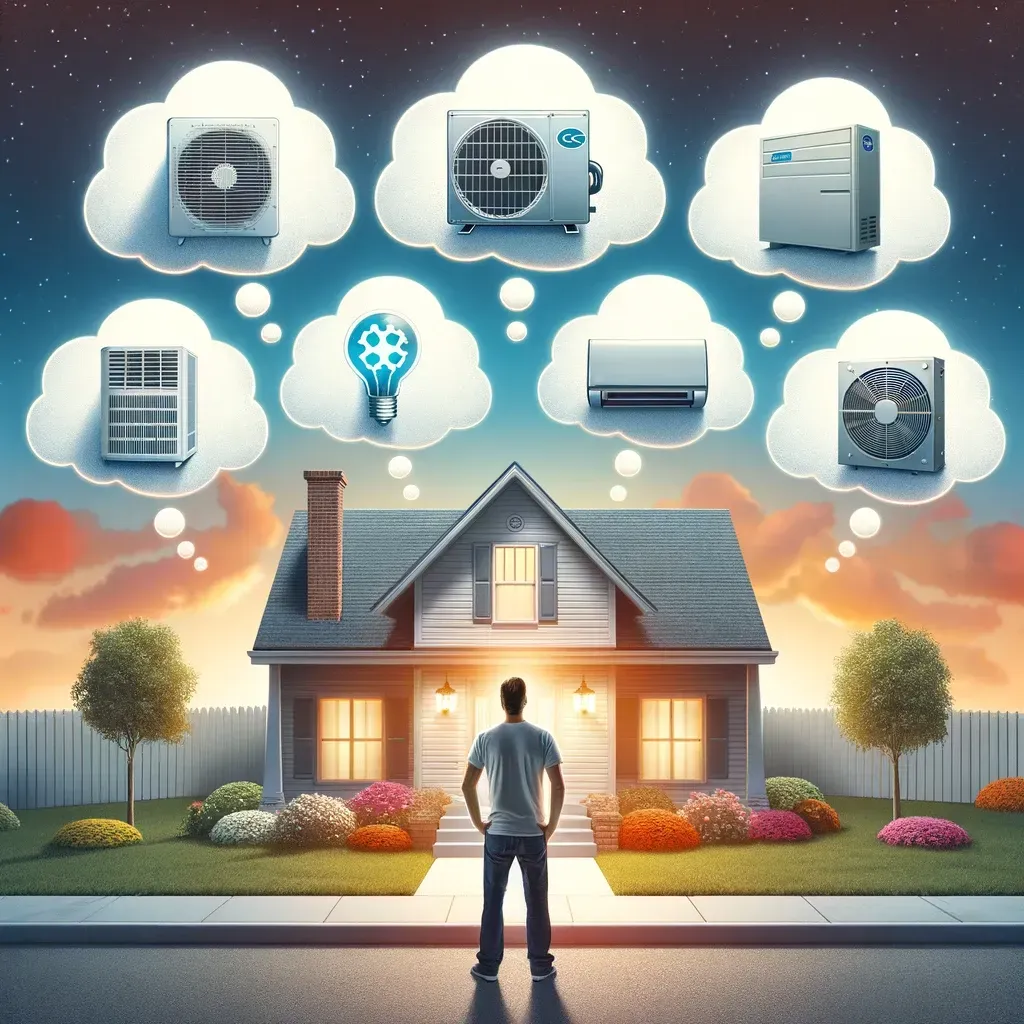Signs That You Could Have a Mold Problem
Definite Signs You Have Mold Growing in Your HVAC & Vents
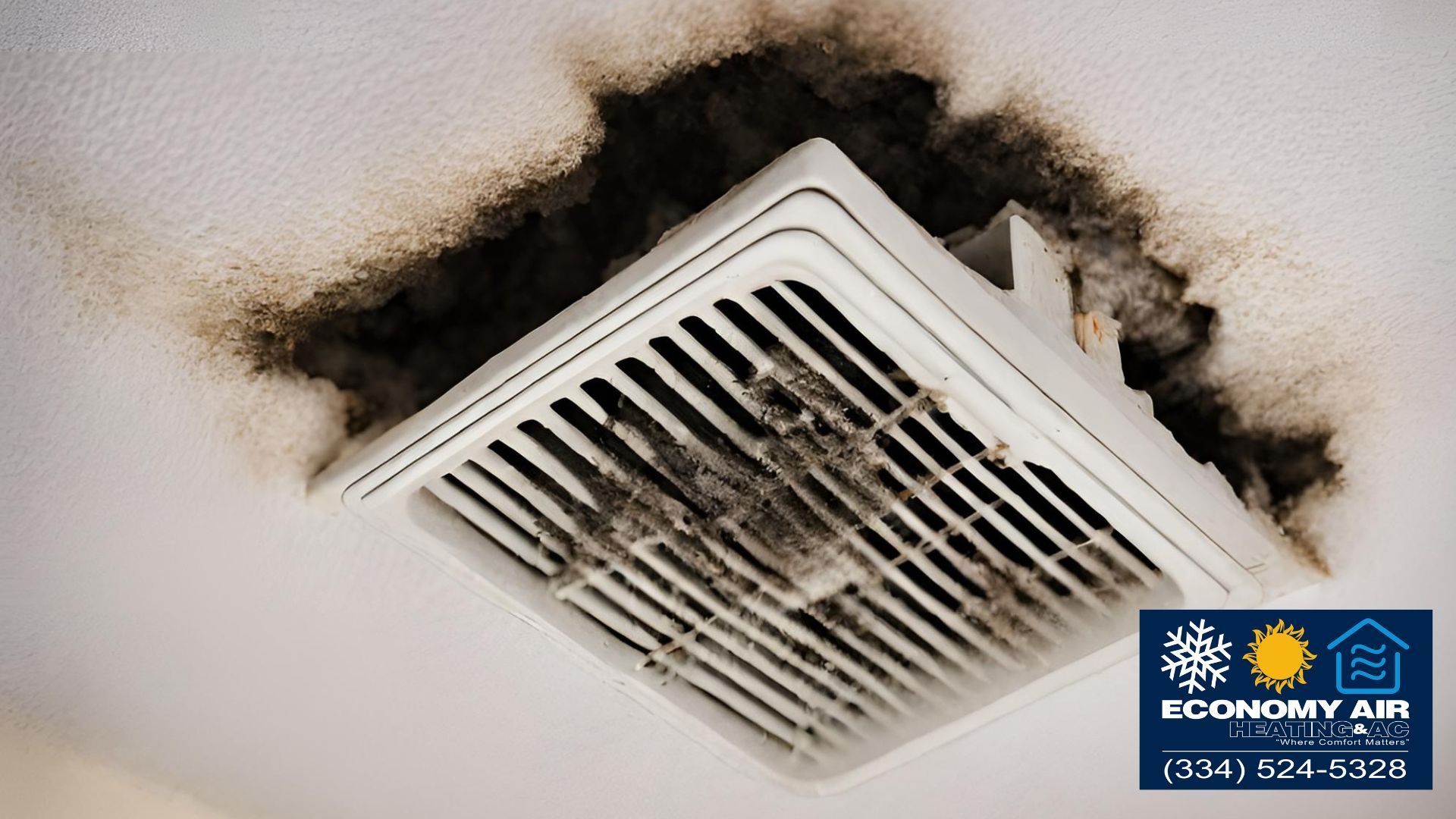
Mold often grows in visible spots, but it predominantly flourishes in hidden, moist areas like basements, crawl spaces, behind appliances, or within piping and air ducts. Air conditioning, heating and ventilation systems are frequent harbors for concealed mold.
If left unaddressed, mold in air conditioning vents can harm your heating and cooling systems, reduce your property's value, and lead to allergies and other health concerns. However, mold in the home is a common problem and one that can be resolved.
To eliminate household mold, the initial step is pinpointing the source. Her are several indicators that your HVAC system might be affected by mold, along with strategies for addressing it once detected.
What to Look For:
A Musty Odor
If you notice an earthy or musty smell that won’t go away or gets worse near air ducts and vents, you may want to have your HVAC system tested for mold. Mold commonly emits a strong odor by releasing organic compounds into the air. This persistent, earthy smell (often referred to as the "dirty sock smell" is often one of the first signs of a mold infestation.
Allergies
Mold is an organic irritant and allergen that can result in several unpleasant health effects to those exposed. Common symptoms of mold allergies include:
- Itchy eyes, nose, and/or throat
- Sneezing or Coughing
- Excessive Mucus
- Dry or Itchy Skin
- Runny or Stuffy Nose
- Shortness of Breath
If any of these symptoms persist or worsen overtime, mold in your air conditioning ventilation system may be the cause.
Visible Mold Growth
Depending on the design of your ventilation system, you may be able to see visible mold growth in and around vents. Mold in AC vents and other areas of your home can appear in several colors depending on the species, humidity level, amount of light, and other factors. But in most cases, mold has a raised, fuzzy texture and splotchy appearance.
Increased Energy Bills
Have you been getting higher-than-normal energy bills and you’re not sure why? Mold in AC units and ventilation systems can increase your utility bills by negatively impacting your air conditioner’s efficiency. When mold builds up in your system, your system has to work harder than normal to effectively cool the same space.
Respiratory Problems
When it comes to physical symptoms of mold exposure, respiratory issues are one of the most common. Indoor mold can result in breathing problems for anyone, but it’s especially harmful to the elderly and those with underlying respiratory conditions such as Asthma, COPD, Cystic Fibrosis or any other breathing concerns
Condensation or Water Accumulation
Moisture accumulation is a common cause of indoor mold and mildew. Mold or mildew is often found in places like bathrooms and plumbing systems, on window sills, or in naturally damp area's like bathrooms. Leaks and condensation in and around your HVAC systems create an ideal environment for mold spores to land and reproduce.
A good practice is to periodically check your unit’s drain and condensate pans and inspecting ducts and other components for signs of moisture.
Poor HVAC Performance
In addition to reducing energy efficiency, mold in your HVAC system can actually damage its ability to regulate temperature and provide adequate airflow. If you keep turning up your AC and it just doesn’t seem to be working properly, you might want to check for mold.
Excessive Humidity
Mold is naturally attracted to damp or moist environments, so it’s no surprise that excess moisture in your home can lead to mold growth, especially in your HVAC systems. Setting up a dehumidifier to control moisture and using a hydrometer to monitor humidity levels (below 50% is ideal) can help prevent mold.
Preventing Mold Growth
When it comes to mold in your air conditioning system, prevention is generally easier and less expensive than removal. Keeping humidity levels low and staying up-to-date on routine maintenance will help keep your system in good condition and allow you to catch any early signs of mold before it gets worse.
If you think you may have a mold issue in your heating and air conditioning unit and you live in the Auburn / Opelika AL area, contact Economy Air Heating & A/C today. We'll check your system and help you get the issue under control and put preventative measures in place so you can breath easy.


